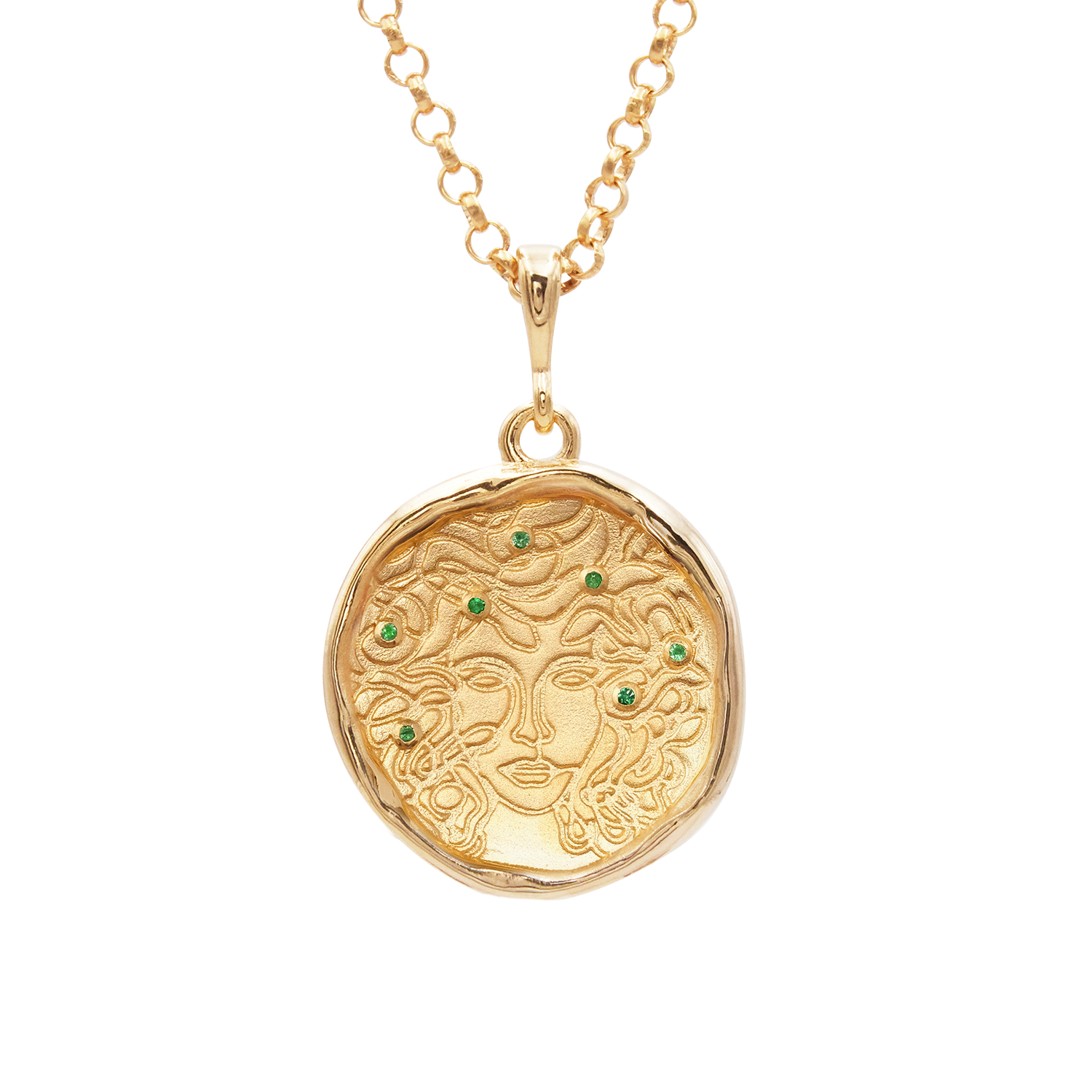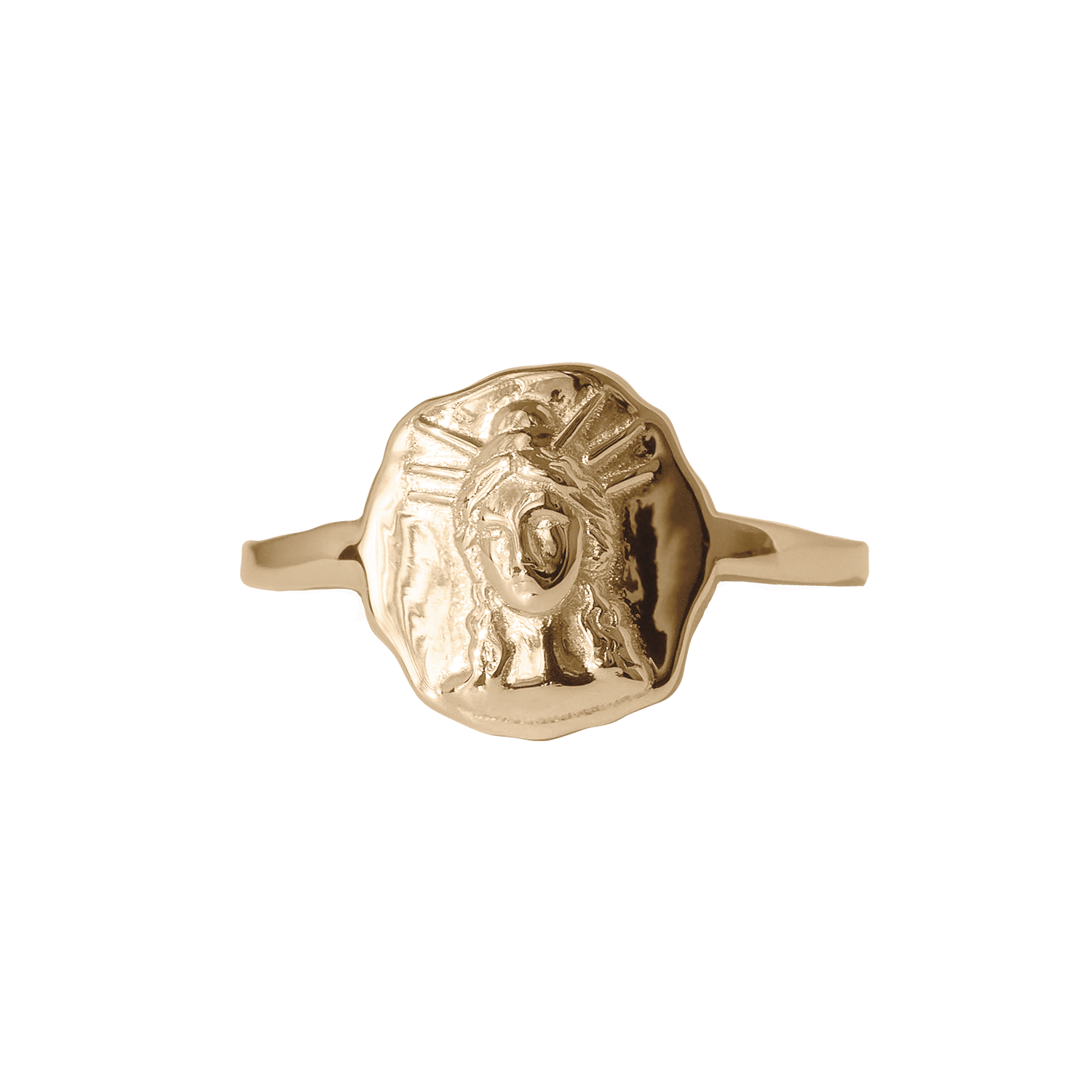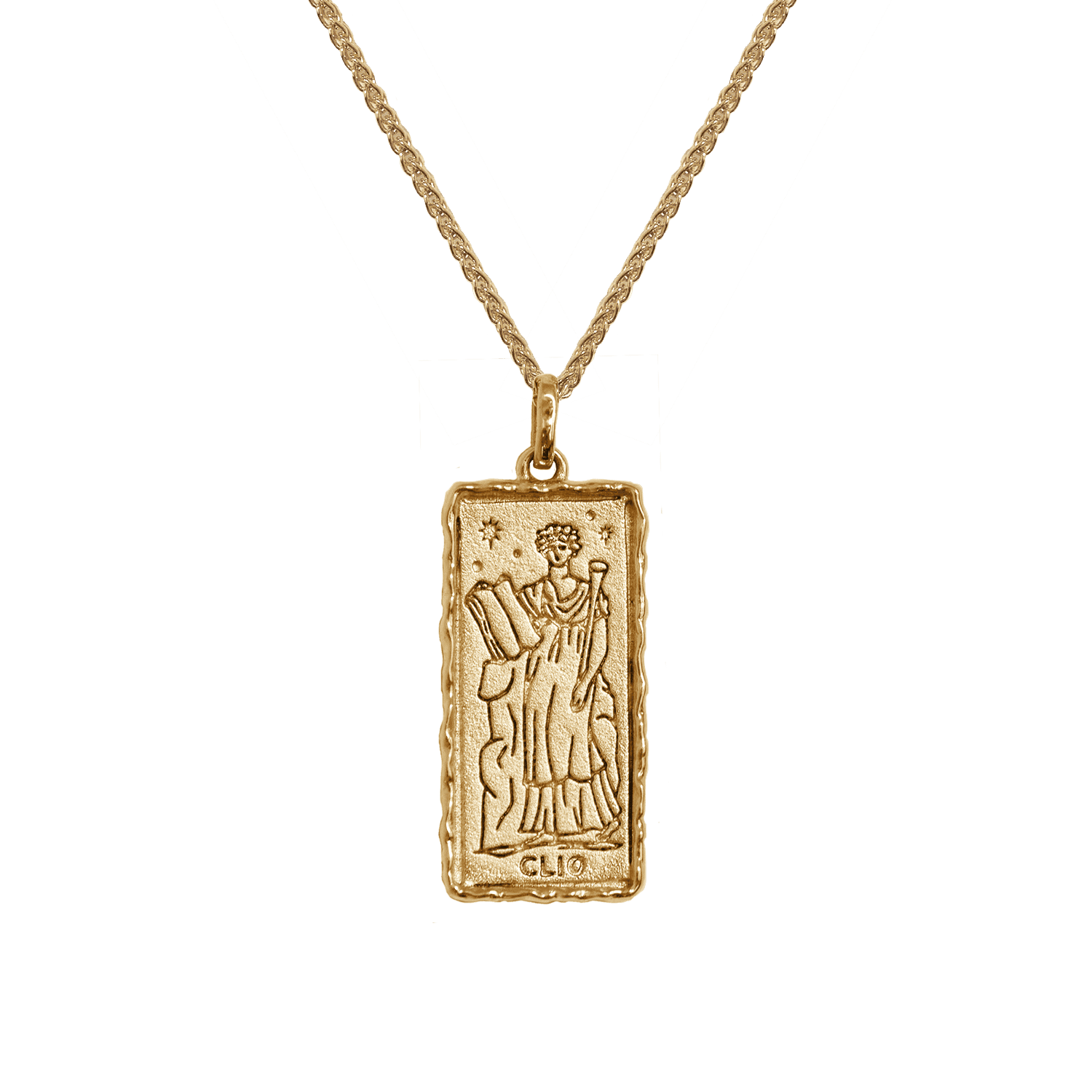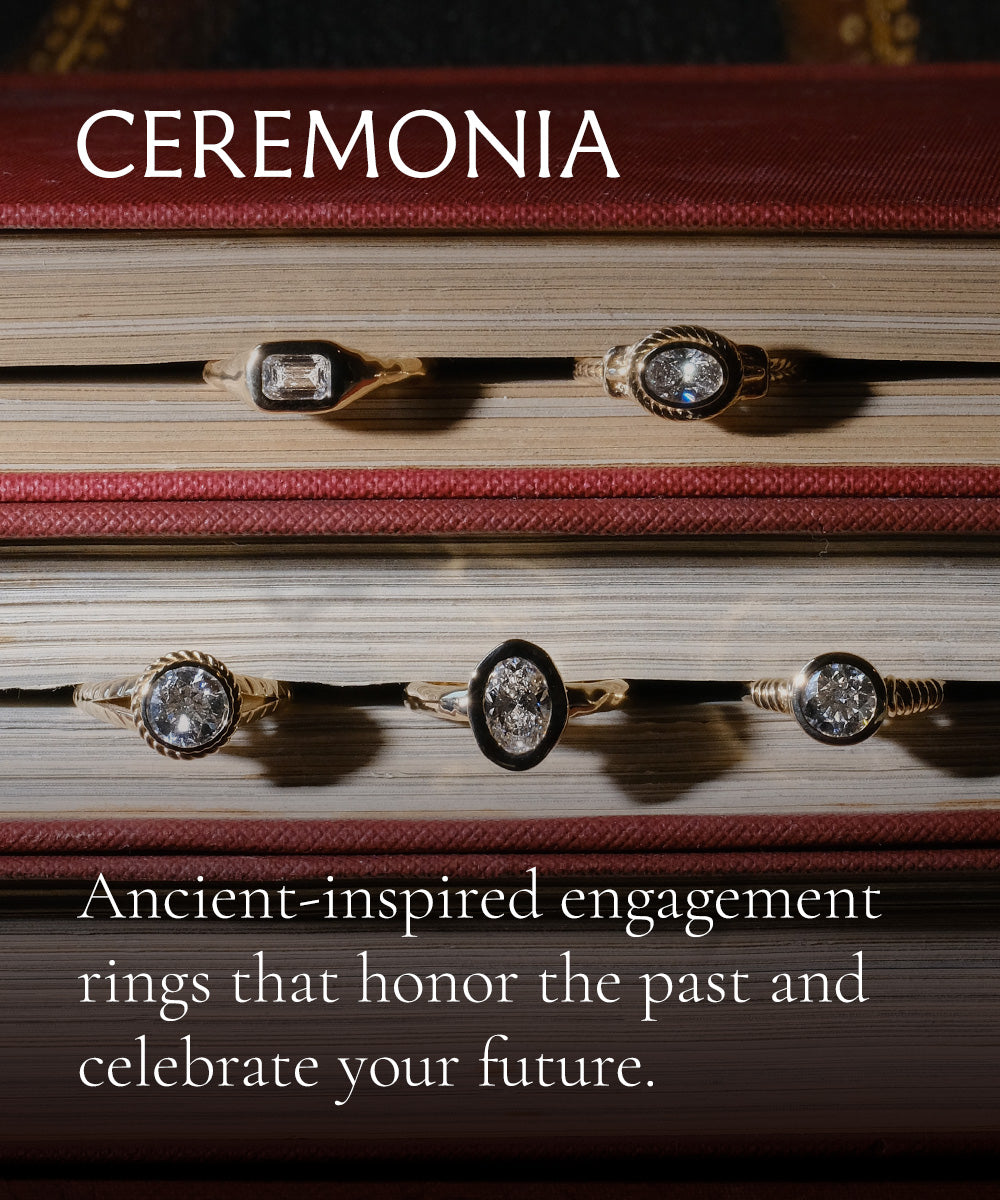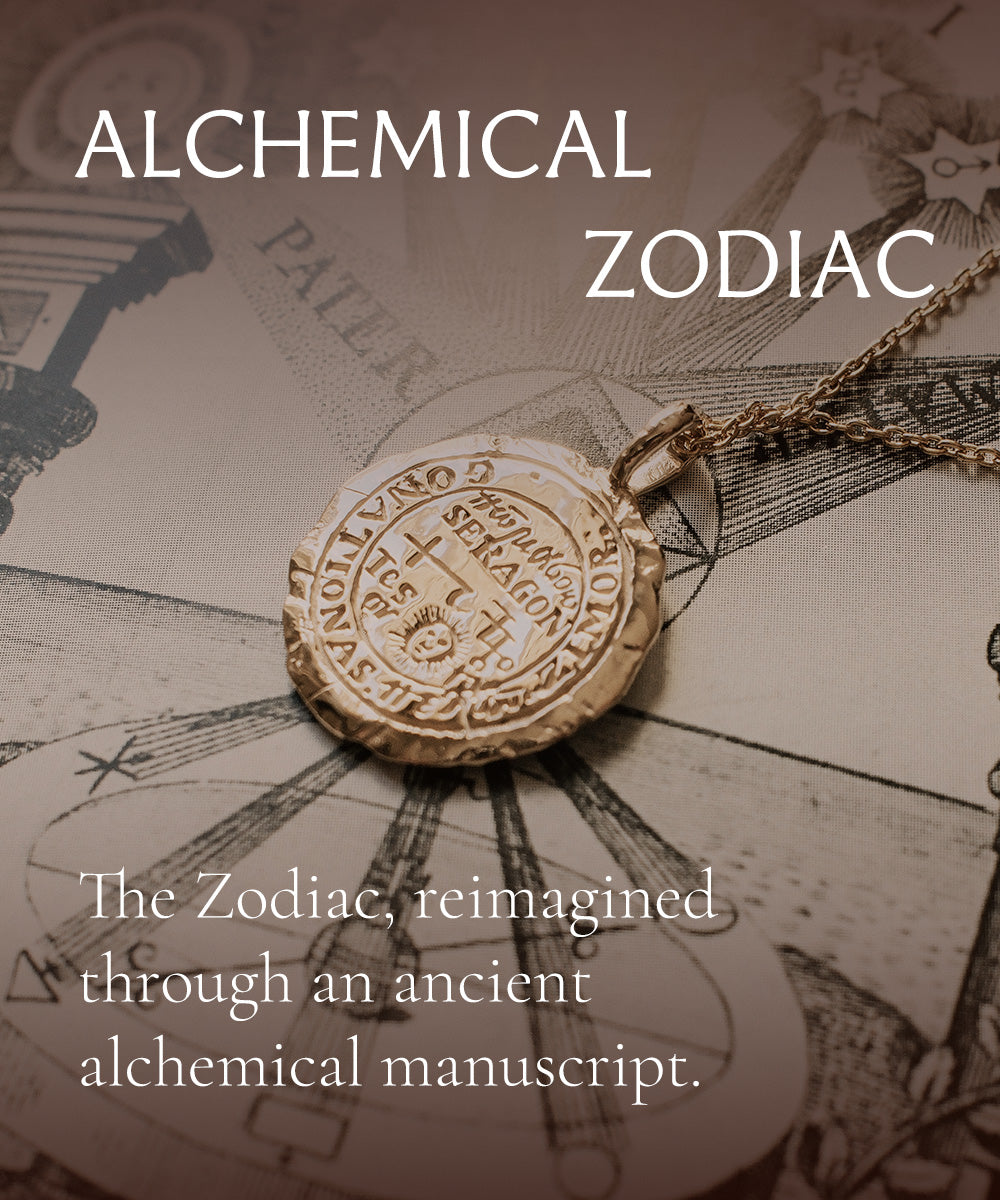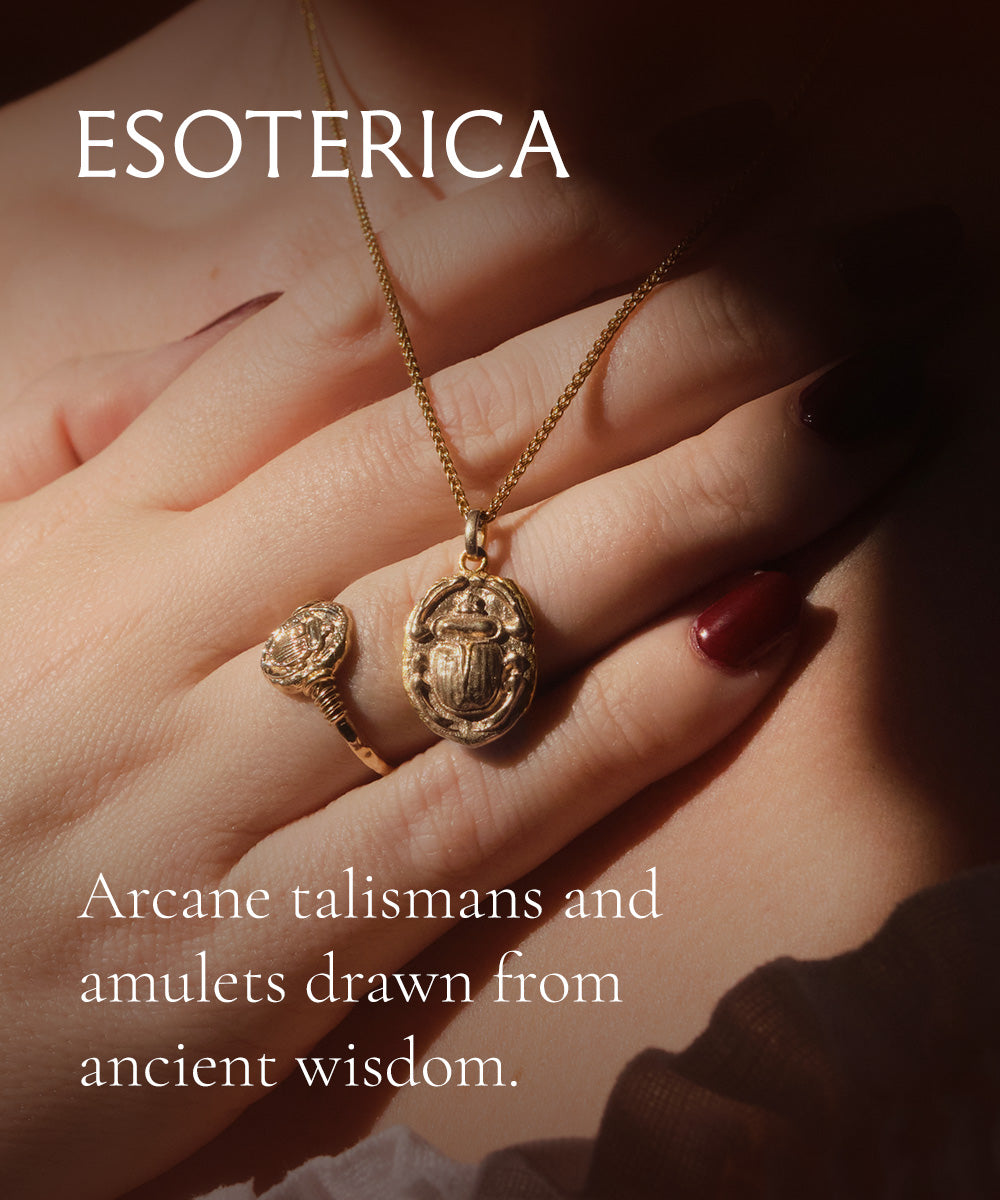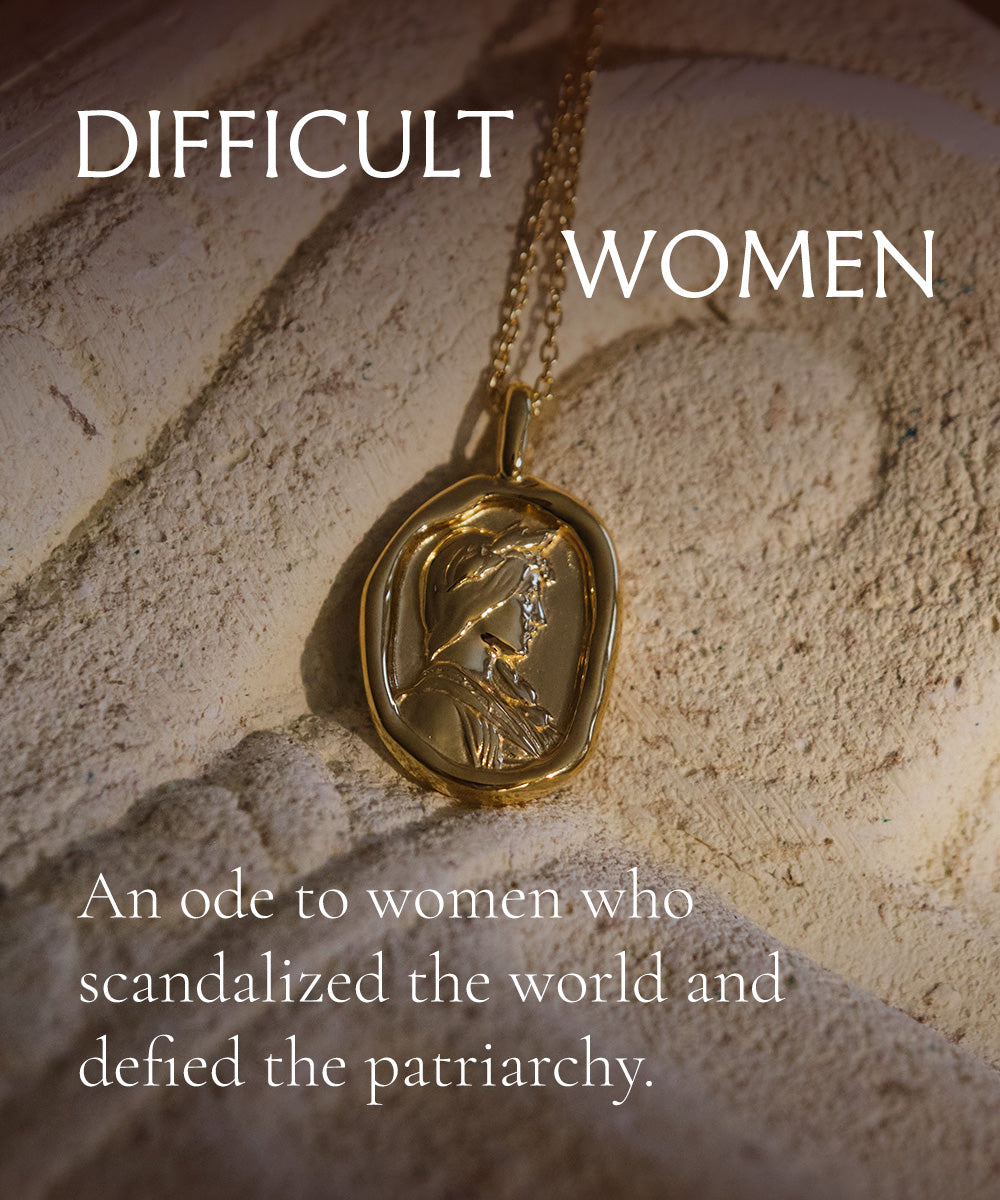For whatever the reason, women’s clothing has not always had pockets. The tiny, unusable pockets—or, gasp, fake pockets—we find on our pants today are not just a modern problem. If there was a pocket to be had, it was usually a separate pouch tucked inconveniently under a dress, hidden somewhere in layers of petticoats or chemise and near unreachable. Eventually someone clever started sewing pockets right into clothes, but, of course, only men’s clothes. So, innovative ladies came up with a solution: the chatelaine.
Coming from the French word of the same spelling, the châtelaine was the mistress or lady of the castle. Its roots come from the Latin word castellanus from which also derives the word “castellan,” the keeper of the castle, the one who holds the keys. It makes sense, then, that the chatelaine is an ornamental key chain, with extra hooks for other necessary things, scissors, purses, seals and watches. Women would hang a chatelaine from their belt to keep their worldly possessions close at hand.
Women of ancient Rome and the Roman empire wore a similar set of chains with hooks for toiletries, such as tweezers, nail cleaners and the like. Similar devices were seen in China and Tibet, with all the necessary items a woman might need for grooming.
The chatelaine existed because it was useful, and it became beautiful, because people search for beauty in the mundane. Queen Caroline Mathilda of Denmark carried a chatelaine of gold and silver, inlaid with diamond. Most folk carried chatelaines of pinchbeck, a yellow-toned alloy of copper and zinc.
Most chatelaines were made with a medallion on top, decorated with biblical or mythological designs, cameos, and inlaid enamel or agate, from which the set of chains hung. A loop was attached to the top of the medallion to be hung on the belt. As they grew in popularity across Europe and America, women carried all sorts of things on their chatelaines: little notebooks, perfume bottles, spectacles, lockets, knives.

Image of an English Chatelaine circa 1882, courtesy of the Art Institute of Chicago
By the 18th century, the chatelaine had gained so much popularity that every well-to-do lady with a house to run and a family to care for carried one on her belt. The utilitarian device became a fashion statement, an accessory that added a visual break in long skirts, and would be worn to fashionable parties and important events.
Chatelaines became very popular with mothers and nurses, women who were responsible for many different tasks all at once and needed her things quickly at hand. Today, if anywhere, you’re most likely to find a chatelaine used by seamstresses. These are often worn around the neck rather than clipped to the belt, for ease of use while sitting at the sewing machine. A thimble, set of needles, measuring tape close at hand.
The idea that women don’t need pockets to carry anything is rooted in misogyny, naturally. The thought was that women don’t need to carry money or necessities, because her husband should take care of those things, while she sits at home doing woman-appropriate tasks like cooking and childrearing. Fortunately, women with ingenuity and a strong grasp on their personhood have fought back against these absurd, pointless little rules for centuries. Pockets, purses, and the chatelaine may seem inconsequential, but along with all those little day-to-day necessities, they carry a history of feminine pluck and defiance.
